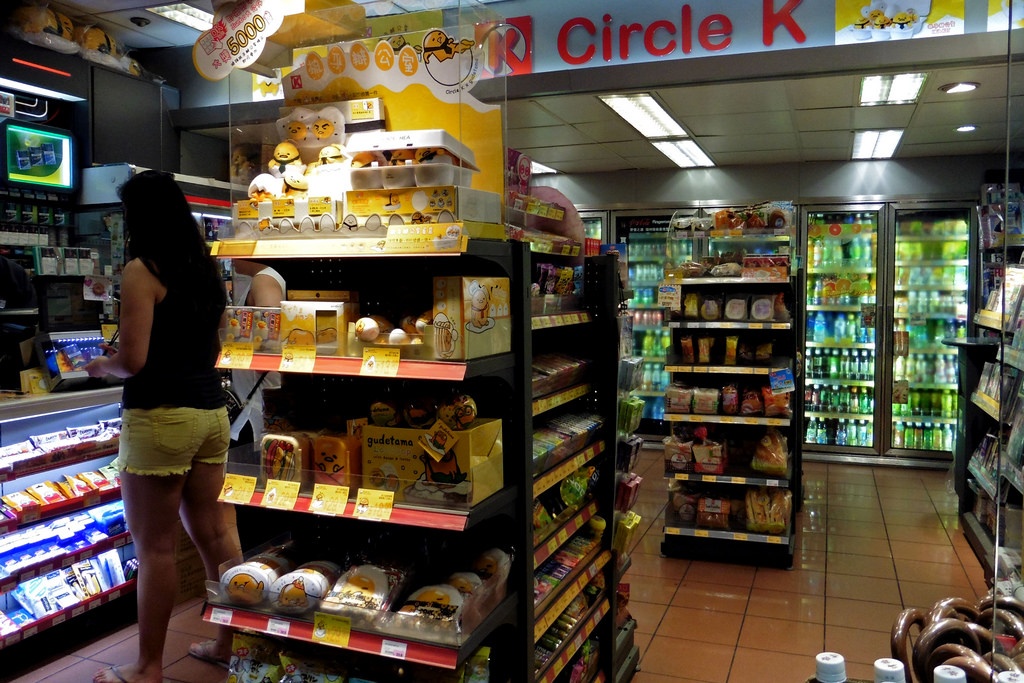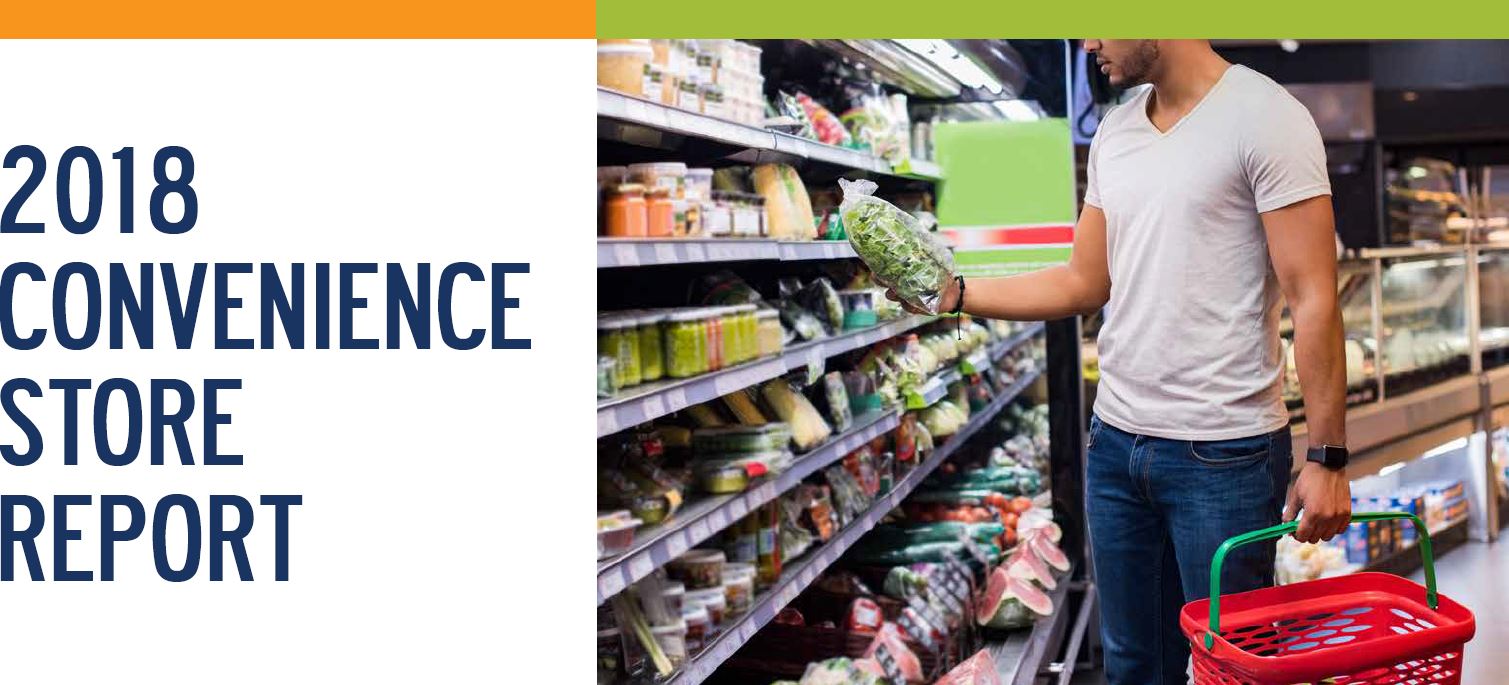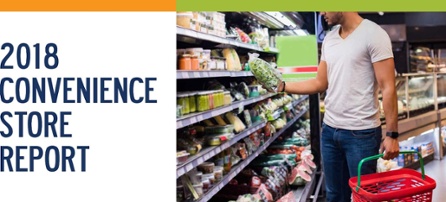Convenience stores are as ubiquitous as they are diverse. From roadstop supercenters and de facto local grocery stores to suburban offramp hubs and hole-in-the wall urban bodegas, convenience stores mean a lot of different things to different people depending on context. Thus, for our 2018 Convenience Store Industry Report, we decided to focus on c-store customers rather than the stores themselves.
Instead of boiling down all convenience stores into one impossibly-knowable sum, we are offering an earnest assessment of customers’ (and clusters of customers) values, concerns and paths to purchase. Segmenting for gender, generation, community, and frequency of visit, we are uncovering what certain patrons already love about convenience stores, what they would like to see improved, and what the next generation of c-stores should look like.
These insights should alert operators to opportunities for additional product offerings to increase market and basket share, ideal messaging to reach certain groups, and ways to incorporate technology to keep pace with the changes befalling retail writ large.
Methodology and Frequency of Visits
Between January 17 and February 8, we surveyed 2,173 respondents about their preferences, pain points, and priorities when it comes to convenience store shopping. While a lot of the data confirmed what we’d long suspected, some of the results were nonetheless surprising.
Nearly 30% of respondents (29.4) visit convenience stores 2-3 times per week, by far the most commonly reported frequency. For those customers, when choosing a convenience store, their top three priorities are clear: the convenience of location (“location, location, location”), its relative safety, and its gas prices. The first two should require no explanation and, as a we point out in the report, gas prices regularly fluctuate from day-to-day and location-to-location, and also represent one of the greatest household expenses available at convenience stores. Thus it is unsurprising that consumers will choose convenience stores based on the price of gasoline attached to it.
For consumers who infrequently visit convenience stores “only when traveling” (disproportionately the silent generation), these same priorities hold with one additional concern: bathrooms.

Men, Women, and the Inconvenience of Safety
Speaking of visit frequency, men—across every generational and income segmentation—visit convenience stores more frequently than women. Sure, some of this has to do with pervasive gender roles that see men moving more freely in the world than women—maybe it’s just the way some of us grew up, but Dad is far likelier to gas up the car and grab a quick snack than Mom.
But there is something much bigger going on here, something that convenience store operators should not ignore: women, it seems, do not feel as safe in convenience stores as men. Indeed, in both rural and urban areas alike, women were significantly more likely than men to select a convenience store based on its safety. Indeed, 80% of females rated safety "very important" or "extremely important" vs. 53% of males, and similarly 50.2% of females rated safety "extremely important" vs. 21.9% of males.
Think about those numbers and what they mean. Over half of our female respondents consider safety an extremely important consideration; only less than one-quarter of men feel similarly.
Deliver us (From) Convenience
This gendered distinction is further backed up by questions related to respondents’ likelihood to order delivery from convenience stores. Overall respondents are not all too enthused about the prospect of convenience store delivery with over one-third (36.6%) indicating they were not at all into the idea, with 26.4% only slightly so. Yet women are nonetheless likelier to be receptive to the idea (+2%), further emphasizing the need for operators to emphasize safety at their locations.
Of course, consumers often underestimate the likelihood of using a service they have yet to experience and come to expect. Who among us thought we'd be shelling out $100/year for something called Prime? We change our expectations and priorities with new technologies and products, but that change has yet to come.
What should worry convenience store operators, then, is that grocery and other delivery forms will eat into their market share by becoming customers go-to digital location for the items they currently just run out and get.
What Else is In the 2018 Convenience Store Industry Report?
The report also offers cluster analysis (k-means) wherein we group respondents not along demographics but along their priorities and pain points. Clusters include the Value Shopper, the Convenience Seeker, the Price Checker, and the Healthy Shopper. We offer insights into these groups, what they are likeliest to value and reject, and alert operators to opportunities to appeal to them.
We also dive into the likely reception for elevated prepared and fresh foods within convenience stores, as well as craft beer and even curbside pickup. Which are the likeliest groups to appreciate such offerings and in which locations are they likely to fail? How do rural, urban, and suburban consumers differ in their priorities and how does generation and income shape convenience store markets? Find out the answers to these and even more questions in the report.
Download the 2018 Convenience Store Industry Report.


